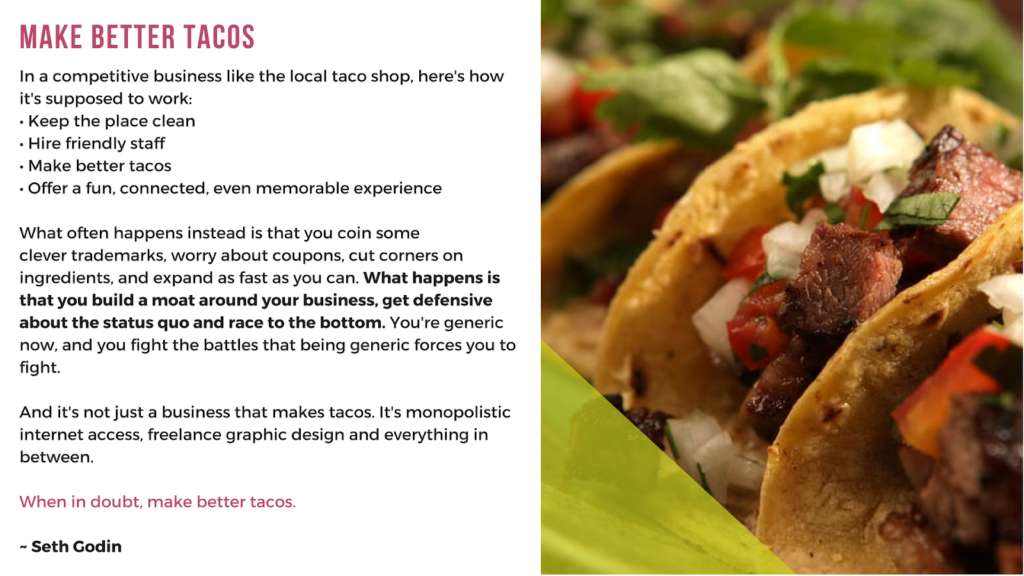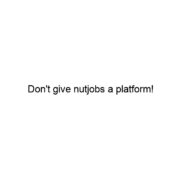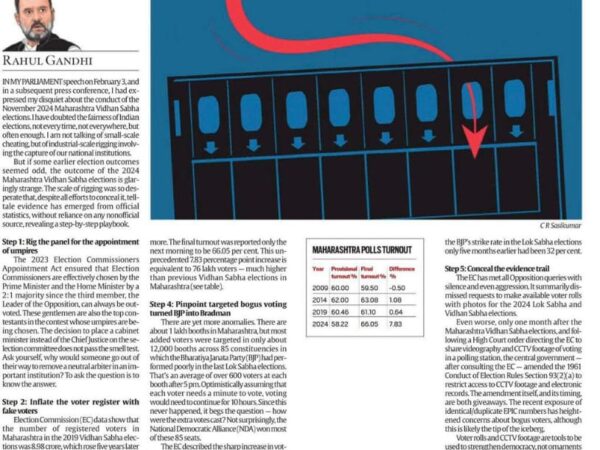This appeared first on LinkedIn.

Make better tacos.
Being in constant startup mode for almost 3 decades now, I think I can safely say that while it is anyone’s guess how much I have learnt of other (far more important) areas, I think I can claim to have heard almost all jargon, associated with this space, that has been in vogue at various times since 1990.
Recently, in my new startup, Tasha & Girl, which makes and sells fresh fruit, spiced, low-sugar, zero-additives preserves, while speaking to various potential investors for funding possibilities, I have heard the word “moat” very often (mainly from potential investors who ask whether we have one), and I thought I’d write something that reflects my learnings over the last 28 years.
Wikipedia defines it as:
…a deep, broad ditch, either dry or filled with water, that is dug and surrounds a castle, fortification, building, or town, historically to provide it with a preliminary line of defence.
By definition, it is defensive in nature. That means it presupposes invaders trying to get at what you have built and/or possess.
This approach makes imminent sense to established businesses with entrenched business models in stabilised markets and expensively (whether by money or sweat) acquired customer base over an extended period of time, especially if they are in an environment where their edge is largely high-value, high-cost Intellectual Property that can easily be replicated by a couple of kids working out of a garage.
But most businesses aren’t like that. This world may have tech-driven companies crowding the top 10 or 20 in market capitalisation, but if you were to see the top 1,000, you will see that there is a sizeable presence of people who make physical goods and provide non-tech-centred services (and I don’t mean they don’t use tech. Just that it isn’t their core product. It isn’t where they are innovating). For startups in such spaces, it isn’t easy to build an alternative without having access to huge initial capital and resources. A couple of young students working nights from their hostel rooms aren’t going to create a disruption in the real sense to unseat leaders in industries such as steel or automobiles or infrastructure or agriculture or real estate or health or energy or logistics. Smart people working in small groups may spark a revolution in a particular space (and for sure, technology will create huge opportunities and challenges too), but this is unlikely to change the order at the top, or to use our analogy, topple any castles in the short-to-medium term.
What I mean is that while a Facebook needs to build moats against the next WhatsApp and Instagram (Facebook tried, and we know how that worked out for them!), a Tata Steel has no cause to worry about a garage startup with 2 students as co-founders taking away its business within 5 years of launch, as much as it must worry about an ArcelorMittal. Also, from the point of view of the potential investors who keep asking for “moats” from startups, such an unlikely garage startup finding ways to make better and cheaper steel than Tata Steel too should not need to worry about moats. That isn’t where their greatest challenges are going to come from. Moats aren’t all they are made out to be.
A battering ram, on the other hand, makes far more sense to startups trying to break into the markets with entrenched older players (who are most likely to have elaborate castles with thick walls and sturdy gates, standing armies, and moats), and while this certainly does not apply only to the tech-light, low-IP businesses, it is there that a ram makes most sense.
My contention, therefore, is that new businesses should (and can) worry less about the moat and focus on the battering ram while building their products, services, and models. Moats are impressive but are expensive to build, maintain, and expand. They are inflexible pieces of your defence network. They are passive, rigid, and most importantly, limiting in the options they provide the force inside the castle, except for buying time. In short, they are a horrible bang-per-buck investment.
Rams are, on the contrary, easy and cheap to make, flexible in usage, quickly discarded and redesigned if necessary, and provide very effective aggressive force-multipliers at a fraction of the cost. Being mobile, they can also be used as decoys and feints to tie down the enemy and suppress an attack from another angle, from under the ground (through a tunnel) or from a side gate left open by mistake.
Of course, this is not a universal rule, and one must remember that one of the greatest advantages a ram can offer is flexibility. So, staying rigidly focussed on rams while being blind to everything else would actually be like having a moat in the shape of a ram!
Georges Danton famously implored the citizen’s forces in the battle of Valmy(?) against the Duke of Brunswick, “Il nous faut de l’audace, encore de l’audace, toujours de l’audace!” to great effect. Of course, at times, it didn’t work out well, but in most cases, audacity has historically had disproportionately large rewards, especially when faced with overwhelming odds, as most startups are in the initial years as compared to the larger businesses that they go up against.
It was in this spirit that, during the First Battle of Marne in 1914, the great French soldier, Marshal Foch declared,
My centre is yielding. My right is retreating. Situation excellent. I am attacking.
(On a side note: He is also known to have said, “Aeroplanes are interesting scientific toys, but they are of no military value,” proving thereby that no one is infallible and being old and established means one focuses on moats and ignores the battering rams, at one’s own peril.)
Even in WWII, with the advent of the armoured vehicle which served as an excellent mobile gun platform while providing unbelievable speeds of advance against an entrenched foe, the battering ram took centre-stage, with Heinz Guderian’s Panzers proving once again that a moat is no match for a well-tuned battering ram. Ditto in the 1971 liberation of Bangladesh where the Indian forces were at Dhaka less than a fortnight after the declaration of war. In effect: A moat can only delay defeat, and that too by smaller and smaller times as society and technology advances.
A moat is useless if one wants to win, whether in war, sports, politics, or business. It is playing for a draw. If you are building a moat, you are halfway to losing already.
Let me now return to the brand I spoke of earlier: Tasha & Girl.
We make preserves from 100-year-old recipes. We use pure fruit. We use no additives or preservatives, stabilisers or pectin powders, or even artificial colours or flavours. We make them with a lot of love, but equally importantly, we do not worry disproportionately about our actual recipes or of someone stealing them.
We focus on finding the best sources for our product. We brainstorm day and night on our communication with our customers and users. We spend hours speaking to people who have eaten our product. We meet dozens of people in a week to forge alliances and build relationships. We study our competition in great depth to find ways we can beat them by changing the rules of the game. We create eye-wateringly detailed simulations and play around to find the most optimum processes and costs, prices and sales strategies, and vendors and distribution channels. Then, we try them out. We construct future scenarios to play-act how we would respond, and then find ways to stay one step ahead and make the competition react rather than catch us off-guard.
And we eat our product…all the time. We experiment. We make mistakes. We learn. We change.
The secret, I must confess, is not in the recipes. It is in our innovative thinking. If you steal our recipes, we’ll just create more exciting new ones. If you copy our brand, we’ll just find better ways to communicate. If you sell cheaper than us, we’ll find more economical vendors or invent processes to make it even cheaper. If you throttle our supplies, we’ll find new ways to get there. If you pinch our distribution networks, we’ll work around them.
The thing is, we have no moat. As big, established players, our competitors have built one, and have had it for so long that they are confident of it just working by itself to keep upstarts like us out. But a moat is the embodiment of hubris. As a young, agile, flexible, and innovative business, we have nothing to lose. In fact, we don’t even have a castle!
I am sure that your startup too thinks like this. I am sure you are building the mother of all battering rams instead of wasting your time digging moats. I am sure you are as inspired (and straining at your leash) as I am, looking at the competition’s flags flying on their castle, to storm the gates and bring them down. Write to me. Tell me your story. Let’s have a beer sometime if we are in each others’ towns. It’s always exciting to meet people with a vision…and a plan. Maybe we’ll make it, maybe we won’t. But it won’t be for the lack of trying.
And, to all you established giants sitting pretty, feeling confident that you have a huge, expensive, deep moat to protect your huge, expensive, pretty castle, be prepared: The barbarians are at the gate. And they have a battering ram!


















